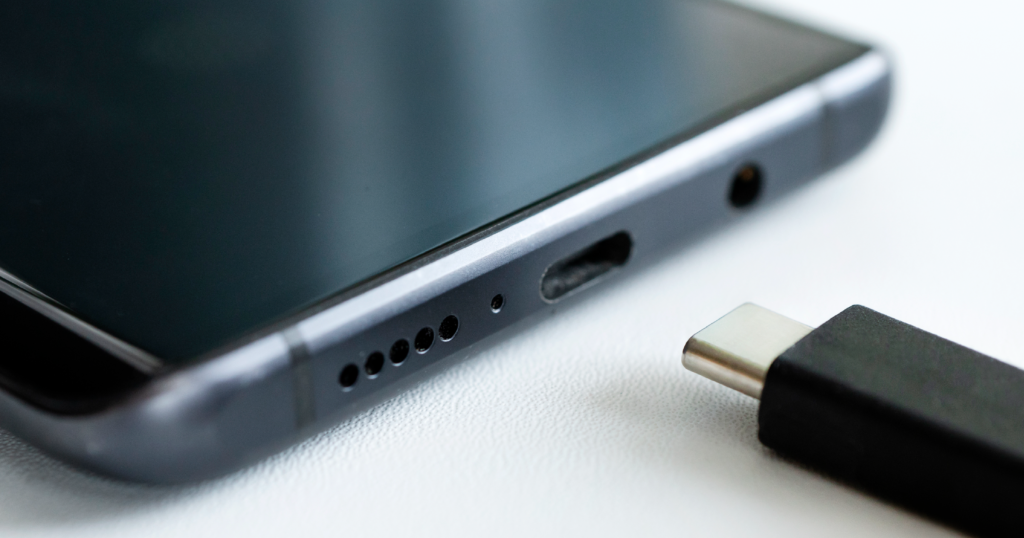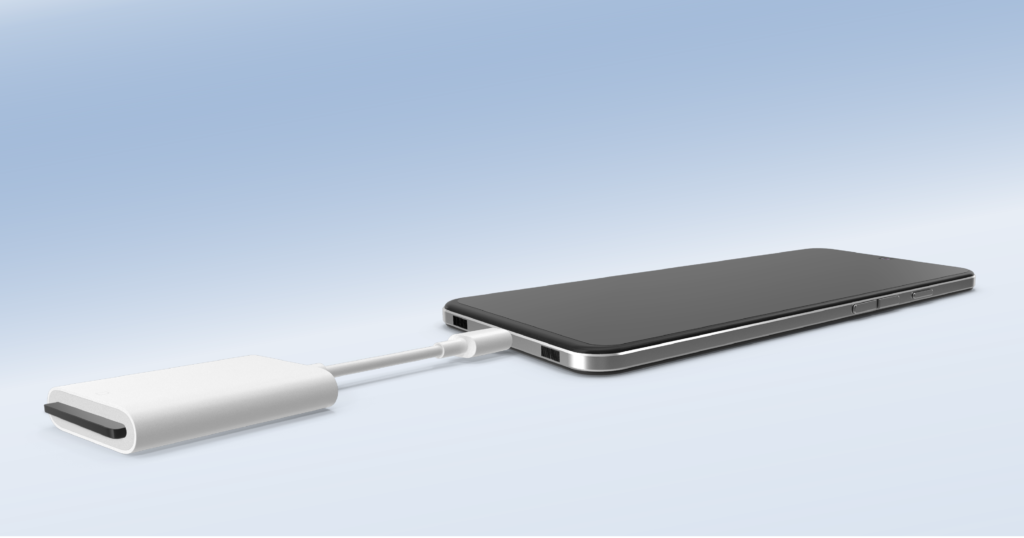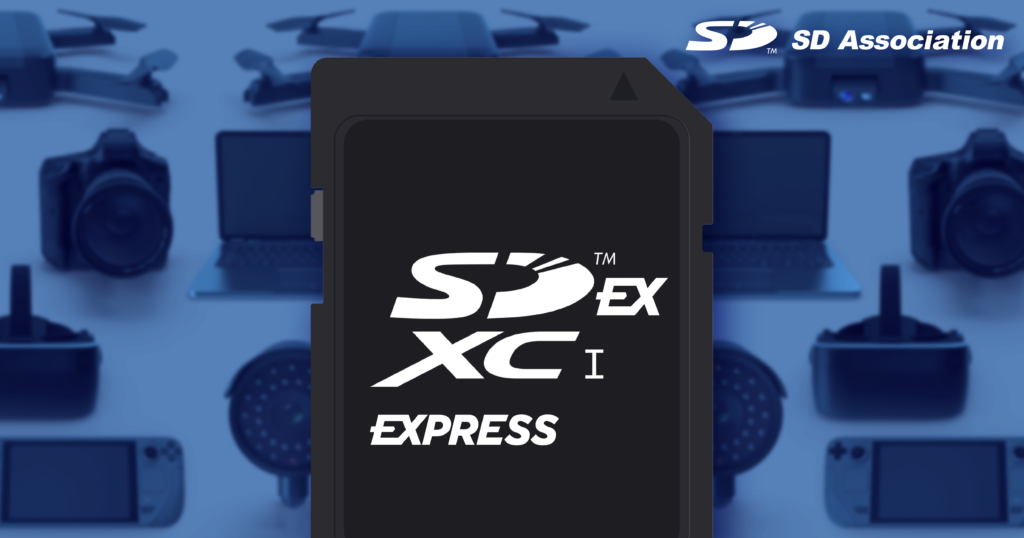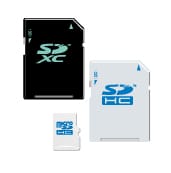In a significant shift for consumer electronics, the European Union announced a mandate requiring all smartphone makers to adopt USB-C as a common charging connector by the end of 2024. The objective aims to simplify consumer lives by decreasing the need for multiple charging cables and electronic waste. This echoes the right-to-repair movement, which aims to extend the life of electronic devices through repair and refurbishment.

Apple complied with this mandate starting with the iPhone 15, marking the end of its proprietary Lightning Connector. The use of USB-C not only streamlines charging capabilities across Apple’s product lines but also opens new possibilities for iPhone users, including the potential for expandable storage through SD memory cards.
The Benefits of USB-C in iPhone 15 & 16
The transition to USB-C ports on the iPhone 15/iPhone 16 brings several advantages.
Faster Charging and Data Transfer
A major benefit is faster charging and data transfer capabilities. The iPhone 15 Pro took a leap forward with USB 3 support, enabling data transfer speeds of up to 10 gigabits per second. This significant improvement opens exciting possibilities for professional users, particularly when considering the potential for expandable storage through SD memory cards.
This enhancement is key to new opportunities within content creation. For example, transferring video files from iPhones via a cable or USB-C microSD memory card reader will be much quicker than before. As the world continues to consume video content as a main form of media, this new capability allows professionals and content creators to efficiently transfer large files.
Universal Connectivity and Reduced Waste
Switching over to USB-C ports has not only unlocked faster charging and transfer, but also a vast ecosystem of USB-C accessories. Appliances like battery packs, ethernet adapters, wired and wireless audio connections, CarPlay compatible vehicles, and dual screen displays between your iPhone 15/ iPhone 16 and external monitors are now more accessible.
Moreover, the transition to USB-C promotes a more sustainable ecosystem with its universal connectivity. This reduces reliance on device-specific cables and minimizes electronic waste overall.
Expandable Storage
One of the biggest advantages of the USB-C port is that it allows you to easily access and store large files without taking up space on your phone. Although phones have continued to evolve from their first iterations, base storage capacities of smartphones still have its limitations. The average consumer uses about 64 gigabytes (GB), but content creators use up to 256GB or more. This is especially true when it comes to larger files, such as high-resolution videos and extensive photo libraries.

SD memory cards are an expandable storage option and an effective, flexible solution to the challenge of limited space. External storage devices can significantly increase storage capacity by expanding the availability of storage space. This alleviates the pressure on the iPhone’s internal memory, enabling a smoother user experience with faster app loading speeds and improved multitasking capabilities.
Furthermore, SD memory cards offer the advantage of portability. This allows you to easily transfer large files between your iPhone and other devices without relying on internet connectivity.
Plus, like the benefits of SD Express within Edge AI devices, a localized storage option has stronger safeguards over data privacy and security.
Video Recording on External Memory Device
The benefits of expandable storage become even more pronounced when considering demanding video recording formats like Apple ProRes. ProRes videos consume a significant amount of storage space, especially when recording in high resolutions and frame rates. In fact, the current iPhone models that support high-resolution video recording formats like Apple ProRes can only do so when recording to an external storage device. These devices need to meet specific minimum continuous write speed requirements to handle the large file sizes.
External storage devices not only provide the necessary capacity for such recordings but also are expected to offer the required continuous sequential write speeds to ensure smooth and uninterrupted video capture.
Connecting External Storage Devices to iPhone 15/16
The inclusion of a USB-C port starting with the iPhone 15 enhances its compatibility with external storage devices, including USB drives and SD memory card readers. Here’s how to connect and manage external storage:
- Connecting the Device: Attach a USB drive or an SD memory card reader to the iPhone’s USB-C port using a compatible connector or adapter. You may need the Lightning to USB Camera Adapter, Lightning to USB 3 Camera Adapter, USB-C to SD memory card Camera Reader, or Lightning to SD Memory Card Camera Reader (all sold separately).
- Accessing Files: Once connected, use the Files app or other compatible applications to browse and manage the files stored on the external device.
Note from Apple: An external storage device must have only a single data partition, and it must be formatted as APFS, APFS (encrypted), macOS Extended (HFS+), exFAT (FAT64), FAT32, or FAT. To change the formatting of a storage device, use a Mac or PC.
The Future of Mobile Recording and Storage
With the iPhone 15 Pro, users can now record video directly to SD memory cards as long as they meet the requested speed requirements for the various video recording modes. This is a game-changing feature for digital media reporters and individual bloggers who rely on their phones as primary recording devices. Enhanced by external microphones, flash, stabilizers, and other accessories, the iPhone can become a powerful tool for professional-grade video production.

While the adoption of USB-C on the iPhone 15 and iPhone 16 marks a significant step forward, there’s further potential to streamline user experiences and standardize storage solutions. The arrival of SD Express Speed Classes offers a clear way for video professionals to choose cards that meet the demanding needs of high-quality codecs like ProRes.
ProRes relies on fast sequential writing speeds, and SD Express memory cards with the right Speed Class can deliver exactly that. These new standards guarantee minimum writing speeds, an important factor for maintaining smooth video quality and preventing dropped frames.
By adopting SD Express Speed Classes, manufacturers like Apple could further standardize performance expectations between their devices and external storage media. This would allow customers everywhere to be their most productive and receive the ultimate experience with their devices.




